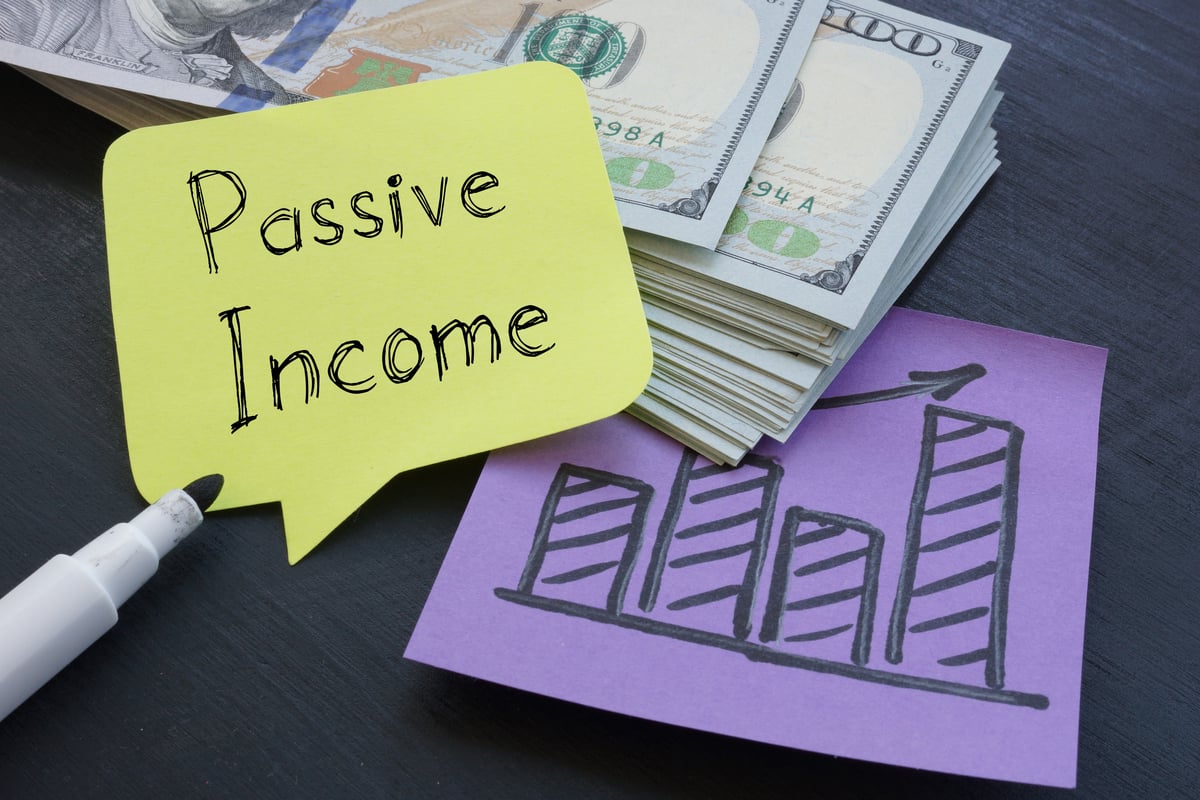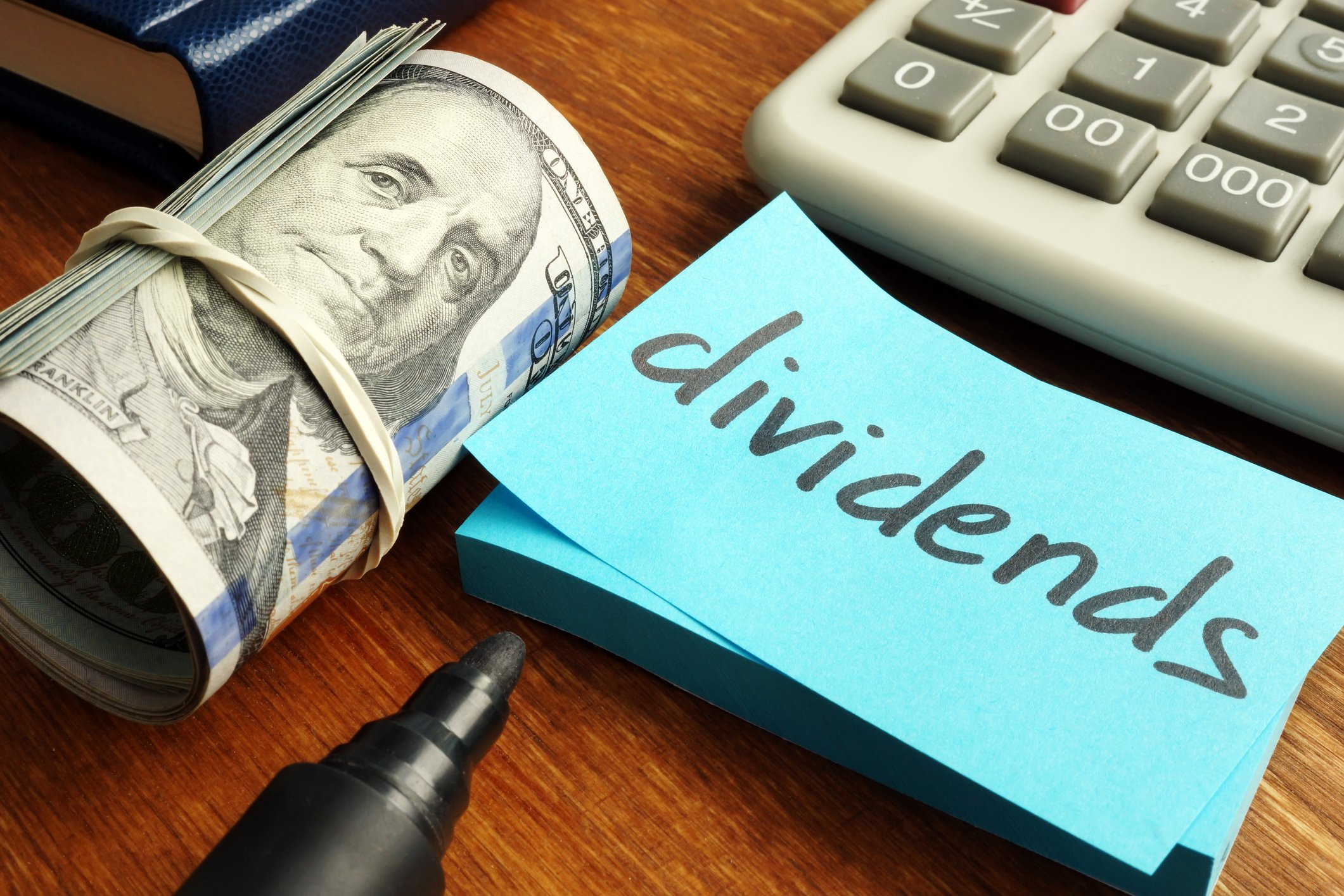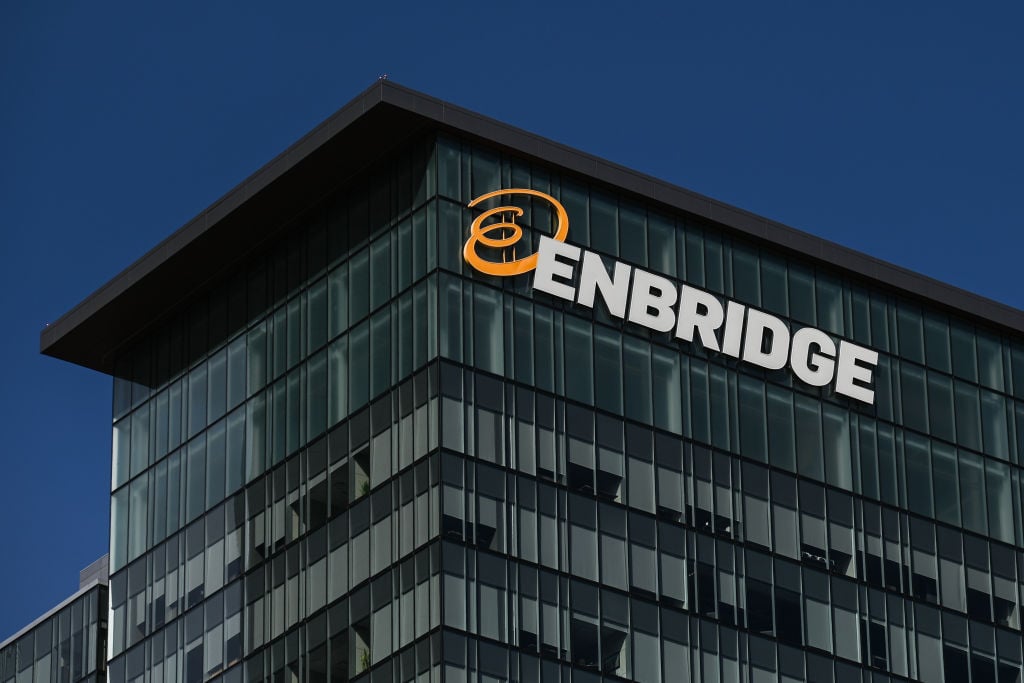Now more than ever, a comfortable retirement depends on secure, stable investments. Unfortunately, the right stocks for retirement won't just fall into your lap. In this series, I look at 10 measures to show what makes a great retirement-oriented stock.
Natural gas has been stuck in the doldrums for a long time, and even with prices having recovered a lot of ground from their all-decade low levels earlier this year, they're still well below ideal levels for most producers. That's the appeal of midstream company Enbridge (ENB 0.39%), which doesn't care about the price of natural gas as long as its customers want to use its pipelines to transport it. Yet with plenty of competition, can Enbridge keep its winning ways? Below, we'll revisit how Enbridge does on our 10-point scale.
The right stocks for retirees
With decades to go before you need to tap your investments, you can take greater risks, weighing the chance of big losses against the potential for mind-blowing returns. But as retirement approaches, you no longer have the luxury of waiting out a downturn.
Sure, you still want good returns, but you also need to manage your risk and protect yourself against bear markets, which can maul your finances at the worst possible time. The right stocks combine both of these elements in a single investment.
When scrutinizing a stock, retirees should look for:
- Size. Most retirees would rather not take a flyer on unproven businesses. Bigger companies may lack their smaller counterparts' growth potential, but they do offer greater security.
- Consistency. While many investors look for fast-growing companies, conservative investors want to see steady, consistent gains in revenue, free cash flow, and other key metrics. Slow growth won't make headlines, but it will help prevent the kind of ugly surprises that suddenly torpedo a stock's share price.
- Stock stability. Conservative retirement investors prefer investments that move less dramatically than typical stocks, and they particularly want to avoid big losses. These investments will give up some gains during bull markets, but they won't fall as far or as fast during bear markets. Beta measures volatility, but we also want a track record of solid performance as well.
- Valuation. No one can afford to pay too much for a stock, even if its prospects are good. Using normalized earnings multiples helps smooth out one-time effects, giving you a longer-term context.
- Dividends. Most of all, retirees look for stocks that can provide income through dividends. Retirees want healthy payouts now and consistent dividend growth over time -- as long as it doesn't jeopardize the company's financial health.
With those factors in mind, let's take a closer look at Enbridge.
|
Factor |
What We Want to See |
Actual |
Pass or Fail? |
|---|---|---|---|
|
Size |
Market cap > $10 billion |
$31.6 billion |
Pass |
|
Consistency |
Revenue growth > 0% in at least four of five past years |
3 years |
Fail |
|
Free cash flow growth > 0% in at least four of past five years |
2 years |
Fail | |
|
Stock stability |
Beta < 0.9 |
0.26 |
Pass |
|
Worst loss in past five years no greater than 20% |
(17.9%) |
Pass | |
|
Valuation |
Normalized P/E < 18 |
58.81 |
Fail |
|
Dividends |
Current yield > 2% |
2.8% |
Pass |
|
5-year dividend growth > 10% |
12.1% |
Pass | |
|
Streak of dividend increases >= 10 years |
17 years |
Pass | |
|
Payout ratio < 75% |
94.6% |
Fail | |
|
Total score |
6 out of 10 |
Source: S&P Capital IQ. Total score = number of passes.
Since we looked at Enbridge last year, the company has lost two points. Dividend payout ratio has climbed substantially while revenue fell substantially since last year. Yet the stock has still managed to post a gain of nearly 20% over the past year.
With major energy finds scattered across remote areas of North America, the importance of transporting energy products to established markets has never been greater. Enbridge has had great success with doing exactly that, as it's responsible for transporting about 70% of Canada's oil exports to the U.S. market.
But despite huge demand, obstacles are preventing growth. For rival TransCanada (TRP 0.88%), its proposed Keystone XL pipeline has raised the ire of environmentalists. Enbridge faces similar problems with its Northern Gateway project, which would transport oil from the Alberta oil sands over the Rockies to ports in British Columbia.
Moreover, Enbridge is dealing with problems related to a 2010 oil spill in Michigan. Despite a similar spill by Plains All American (PAA +0.50%) recently, Enbridge is still getting bad press for the incident as symbolic of the dangers of pipelines in general.
However, Enbridge hasn't gone completely without good news. A month ago, a joint venture between Enbridge and Veresen got permission to build a gas pipeline between the Bakken region of western North Dakota and Chicago. Hess (HES +0.00%) has already bought up more than half of the pipeline's capacity, showing how much demand there is for getting products out of the Bakken. Moreover, the reversal of the Seaway pipeline, which Enbridge co-owns with Enterprise Products Partners (EPD 0.16%), bodes well for the company making the most of its resources.
For retirees and other conservative investors, Enbridge has a reasonable dividend, but earnings aren't moving higher fast enough to justify its current valuation. You may prefer to wait for the company to catch up with its stock price before putting Enbridge in your retirement portfolio.
Keep searching
Finding exactly the right stock to retire with is a tough task, but it's not impossible. Searching for the best candidates will help improve your investing skills, and teach you how to separate the right stocks from the risky ones.
Add Enbridge to My Watchlist, which will aggregate our Foolish analysis on it and all your other stocks.









